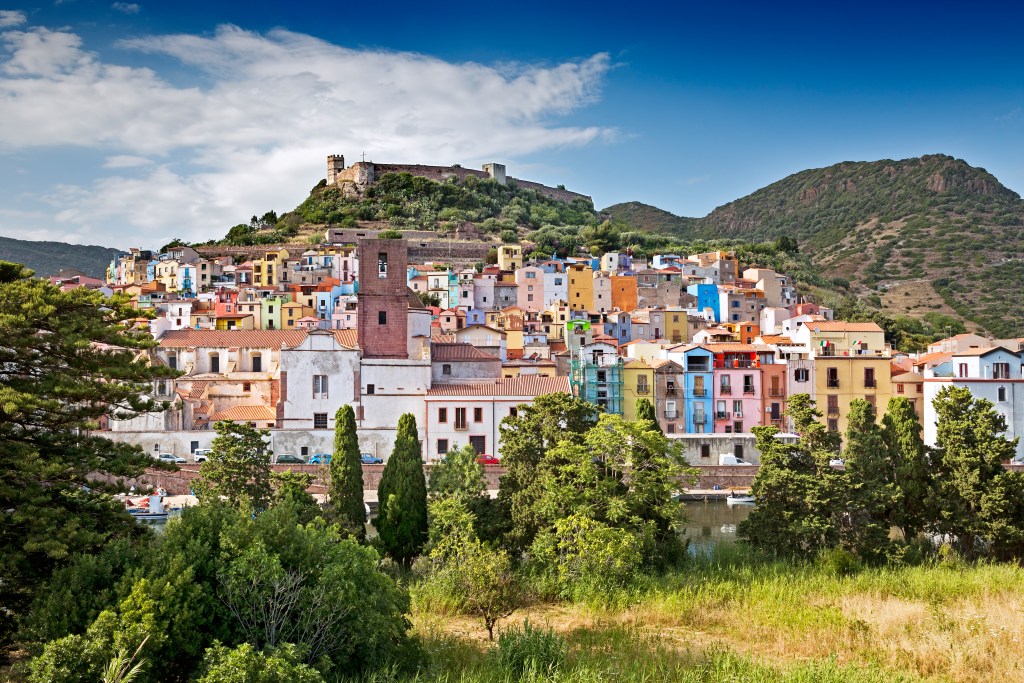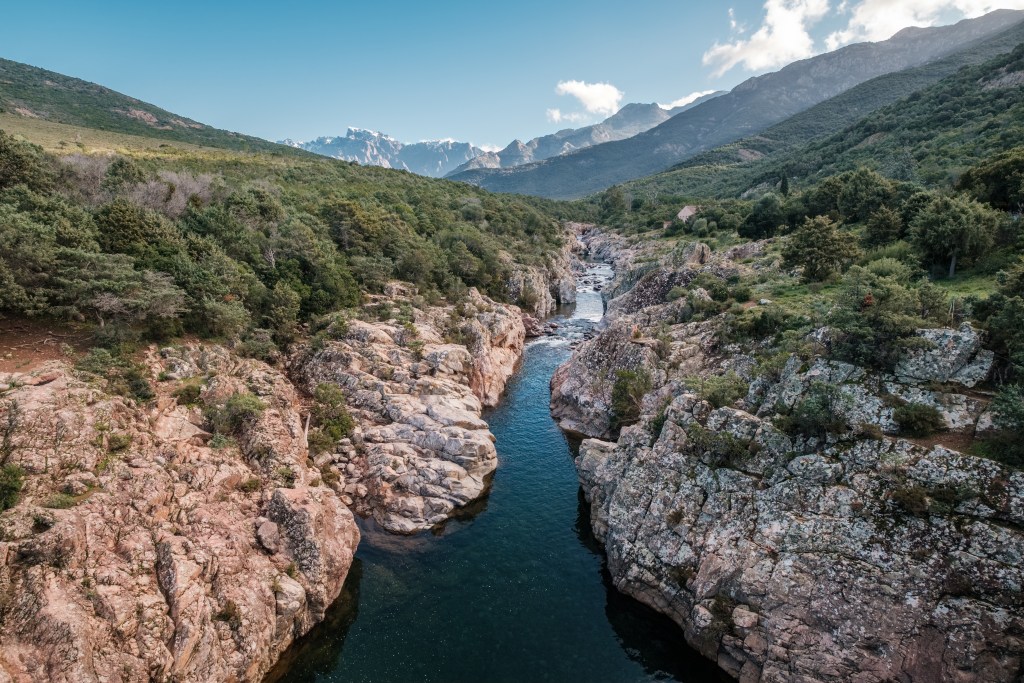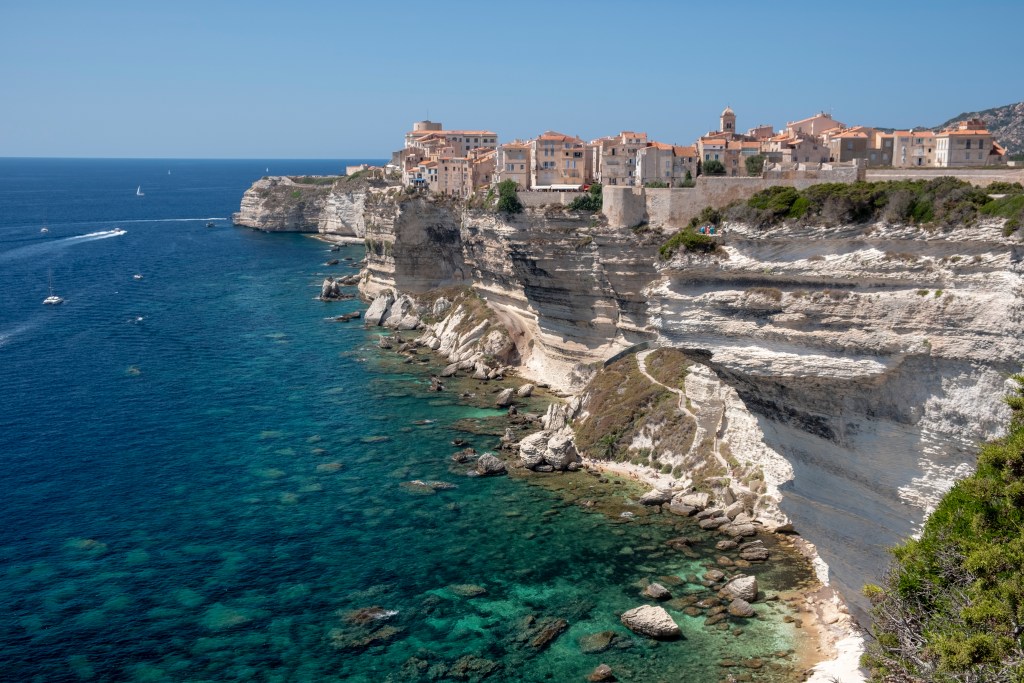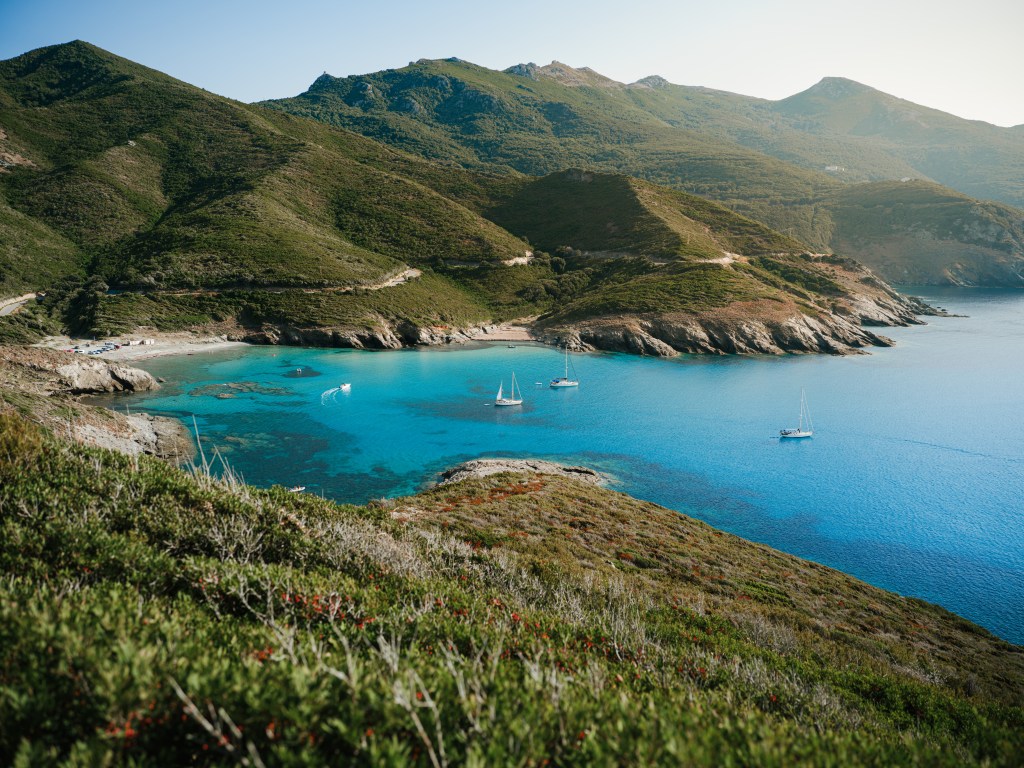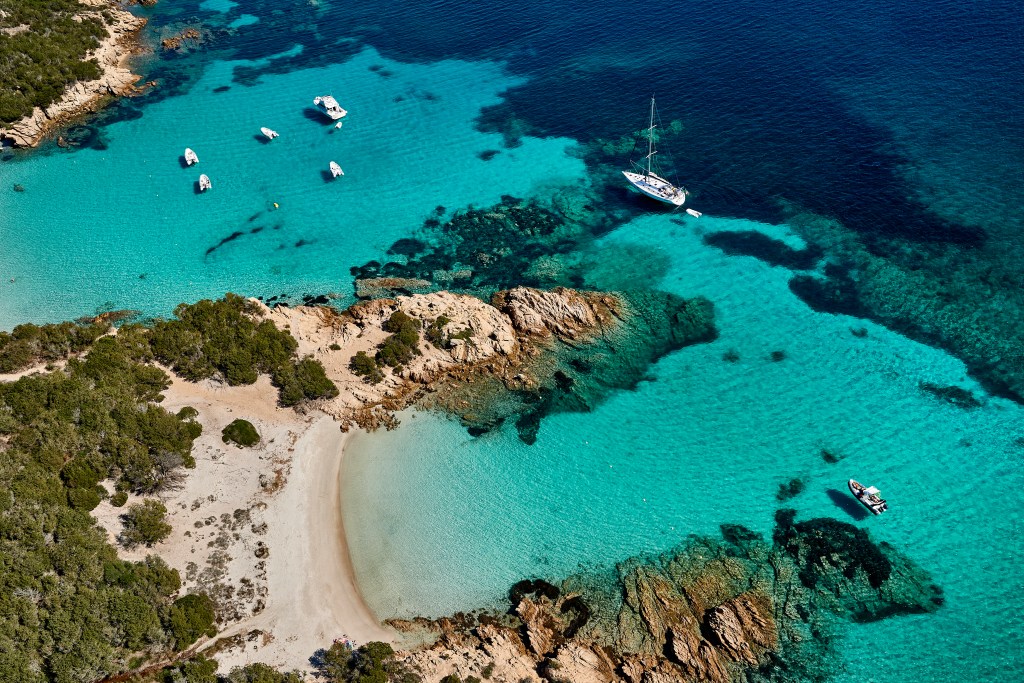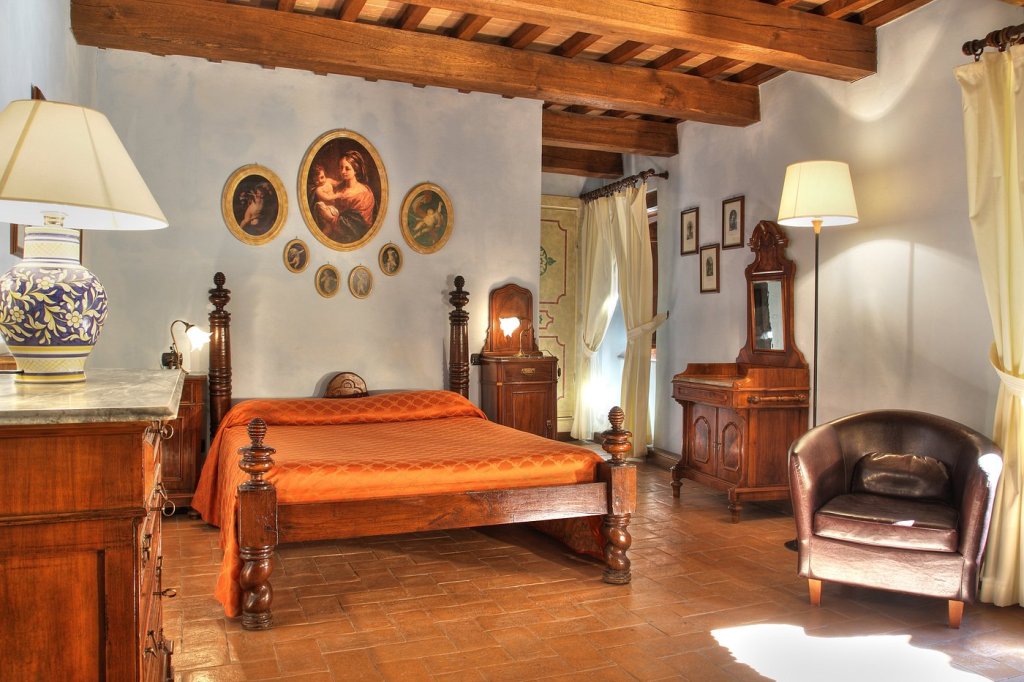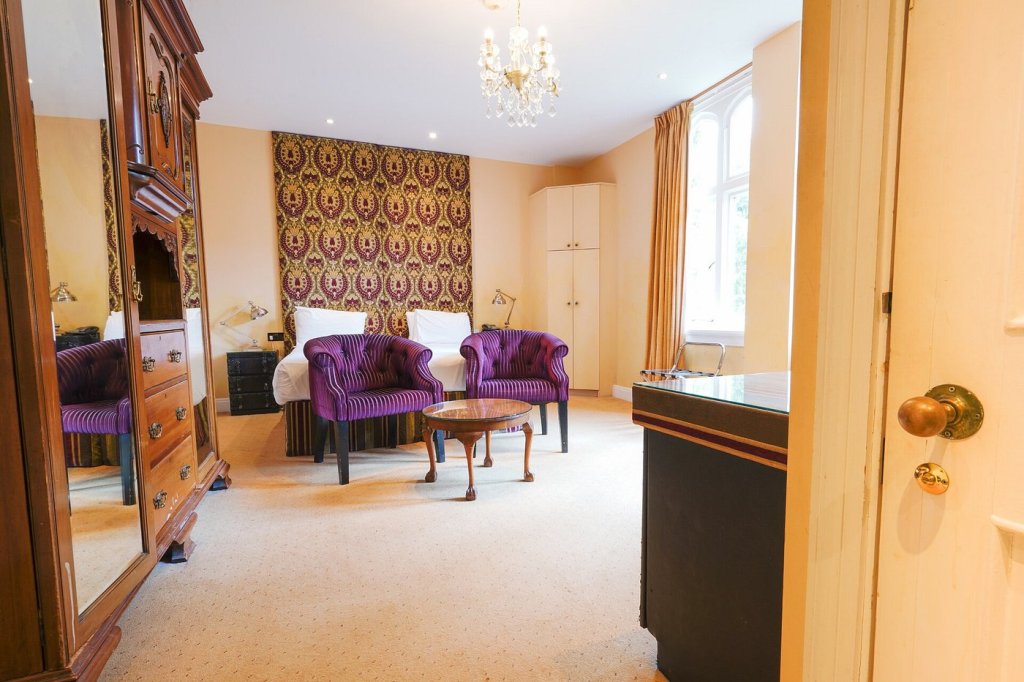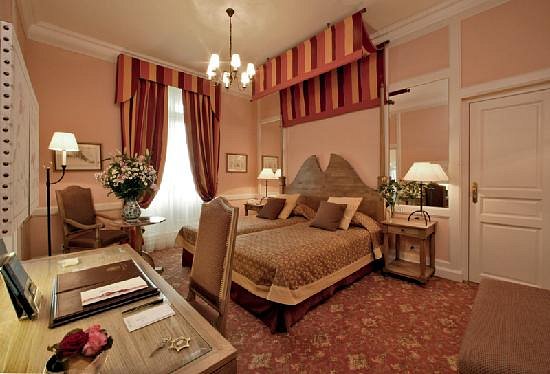The idea of cruising across the Atlantic Ocean has always sounded a little counterintuitive to me.
Isn’t the Atlantic Ocean massive and subject to Mother Nature’s whims? Also, what about all those icebergs—I remember what happened to Rose and Jack. And wouldn’t it be a waste to lose precious vacation time to a multi-day cruise that could be a short plane ride instead?
Here’s the short of it: the Atlantic Ocean has a hurricane season, which cruises and voyages avoid. Plus, if any icebergs in the Northern Atlantic haven’t melted by now, maritime technology allows captains to sus them out before contact.
Lastly, you aren’t wasting precious vacation time by crossing the Atlantic on a grand cruise ship if the transatlantic cruise is your vacation. Or, at least, a major part of it.
And while this might seem like a very fringe travel sector, it’s growing quickly. The proof? You can book an ocean crossing from Costco, my friends.
Ever wondered about cruise ships that take you across the Atlantic? Here’s a closer look at five of the best cruise companies that offer transatlantic journeys, including a few of the offers that you’ll see on that Costco page.
Who runs the best transatlantic cruises?
I’m including some of the most popular options from these well-known cruise brands, but they’re far from the only offers on the table. Along with these cruise companies, you can find transatlantic offers from major names like Disney, MSC, Norwegian, and more.
- Cunard
- Virgin Voyages
- Viking
- Azamara
- Seabourn
Best transatlantic cruises
The Crème of the Crop: Cunard Queen Mary 2
- Duration: 7 days
- Ports: New York City and Southampton, UK, both ways
Cunard’s Queen Mary 2 is the first name you need to know. This gorgeous and grand vessel is one of the most upscale in the business, while also remaining affordable.
With almost two centuries of transatlantic journeying under its belt, Cunard runs a tight ship with all the right features and amenities. (It’s also a subsidiary of Carnival Cruises, interestingly enough.)
The Queen Mary 2 is ideal for anyone who wants to cross the Atlantic for transportation purposes, as there are no stops along the way. (That makes this a voyage and not a cruise.) It’s also one of the best options for taking a large dog across the pond, as the Queen Mary 2 has a pet program.
A close second: Virgin Voyages, Scarlet Lady
Virgin Voyages’ Scarlet Lady lets you take on a transatlantic cruise at your own pace.
The company offers three transatlantic cruises, offering transportation between the East Coast and Europe: a 14-night cruise from Miami to Barcelona, a 14-night cruise from New York to Barcelona, and a reverse 14-night cruise from Barcelona to Miami, in case you want to head home in style.
A little more upscale than other heavy-hitting cruise companies, Virgin Voyages’ Scarlet Lady transatlantic voyages come with a few bonus perks. There are stage acts, speaker sessions that let you learn more about local culture, bridge tours, weekly spa treatments, game clubs, and specialty dishes.
Adults only pick: Viking Cruises, Viking Mars
- Duration: 15 days
- Main ports: Fort Lauderdale and Barcelona, both ways
This adults-only journey from Viking Cruises takes you from Florida down into the Caribbean before crossing the Atlantic toward Barcelona.
On the way there, you’ll also stop in Madeira, one of Portugal’s most popular islands (and the birthplace of Cristiano Ronaldo, if you’re a sports fan). That makes this classic journey great for anyone who wants to toss in some Caribbean and Mediterranean flair to their journey.
Here’s where you stop along the way: Fort Lauderdale, St. Martin, Madeira, and Barcelona. Each stop includes optional excursions. Plus, there are also amazing lectures available along the way, from pirate history to exploring Europe’s first oceanic explorers.
(Just a small warning about Viking Cruise excursions: I live in Barcelona’s Ciutat Vella where Viking Cruise offers day trips to its passengers in groups of 15. On weekend mornings, Viking Cruise will take up to five groups with15 people each through some of the city’s smallest streets. Avoid these very general tours and strike out on your own—you’ll have more fun, learn way more, and locals won’t stare hatefully as you pass by.)
Small ship, upscale features: Azamara Cruises, Azamara Quest
- Duration: 13 days
- Main ports: Miami to Lisbon, Portugal
Looking for a more upscale experience? While popular cruise liners like from Disney to MSC to Celebrity offer fantastic transatlantic journeys, they’re usually geared toward families looking for budget-friendly, grand adventures. Azamara Cruises, like Seabourn (below), is better for adults who want a quieter and more lux transatlantic journey.
Just keep in mind that the Azamara Quest doesn’t offer many transatlantic journeys. The next option is scheduled for March 2026 with stops in Bermuda and the Azores.
Luxury options: Seabourn
Like Virgin Voyages, you have multiple choices for a transatlantic journey with Seabourn. Considered one of the most luxurious cruise options that’s still within reach, you’ll be treated to tasteful décor, fantastic lounges, and top-tier entertainment on each voyage.
Best of all, you can choose from 28 different transatlantic options, some of which run for close to six weeks. That’s tons of variation for the more discerning cruise fan.

